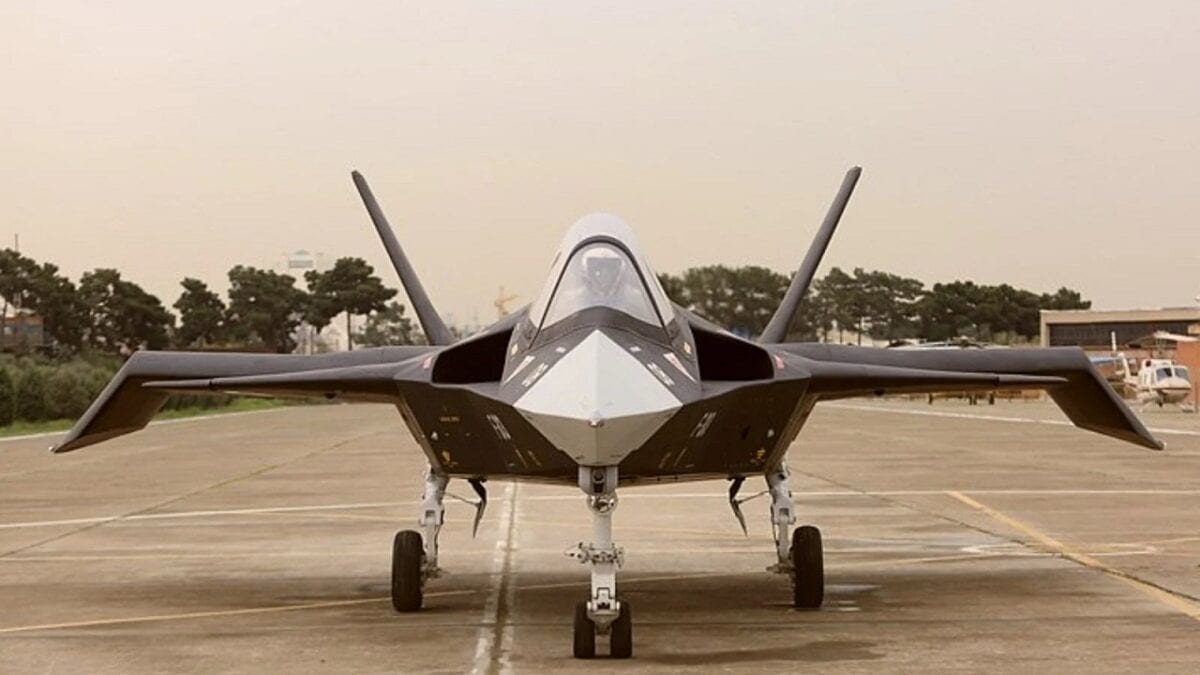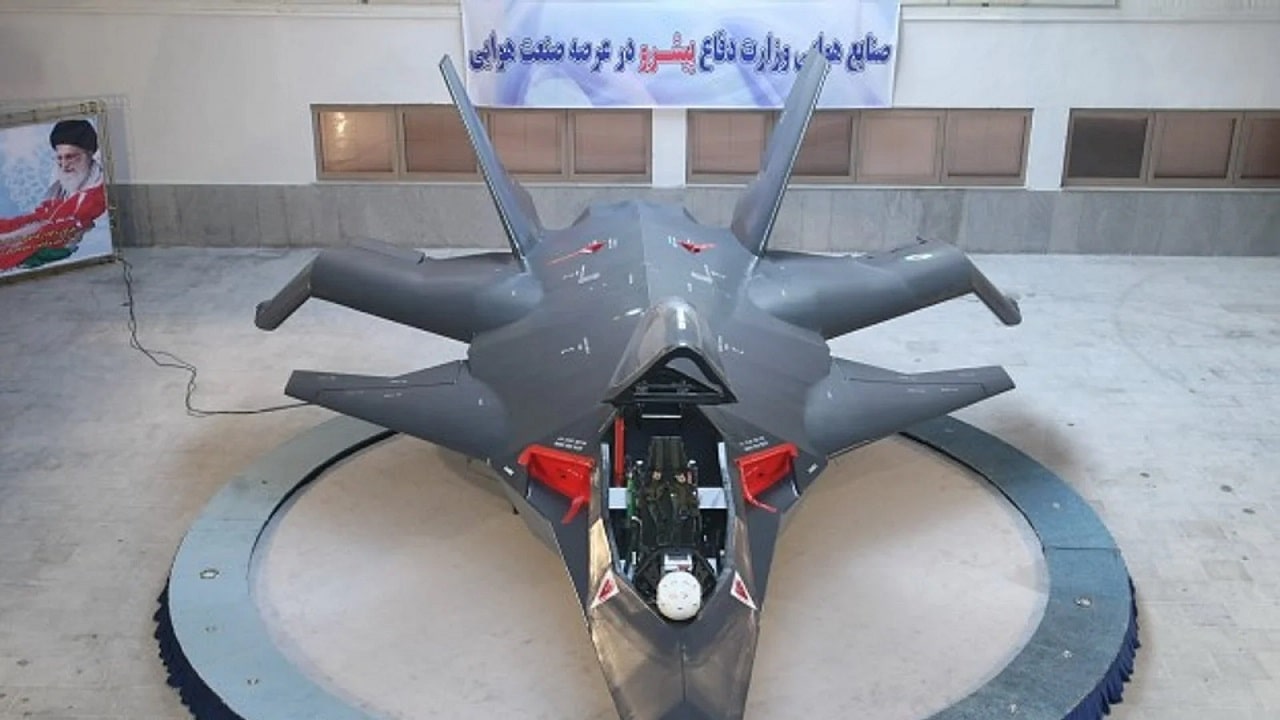From Qaher-313 to Su-35? Shifting alliances in the Middle East have left Iran backed into a corner. In the U.S.-led effort to strengthen military cooperation between Israel and its Gulf allies, countering Iran’s malicious behavior in the region takes prominence.
In response to its perceived alienation, Tehran has sought to project a unified axis with Moscow. The two rogue states solidified their partnership at the beginning of 2022, when Russian President Vladimir Putin and his Iranian counterpart Ebrahim Raisi signed a 20-year cooperation agreement to bolster trade and security exchanges. Over the last month, analysts predict that the Kremlin will deliver a fleet of Su-35 Flanker fighter jets in exchange for Iran’s armed drones. While Moscow can use lethal unmanned aerial vehicles to support its war efforts against Ukraine, Tehran can use the Flankers to supplement its failing air force.
Today, the most threatening airframe in Iran’s arsenal is a Qaher-313 plane that almost certainly does not even exist.
The Qaher 313: Just a Model Airplane?
Nearly a decade ago, Iran debuted its response to America’s air-superiority fighter jets – the Qaher 313. In early 2013, Iran’s former President Mahmoud Ahmadinejad showcased the fighter prototype at a staged event, claiming the airframe could carry six air-to-air missiles. Designed by the Iranian Defense Ministry’s Aviation Industries Organization, the Qaher appeared to be almost miniaturized in the first photographs publicized by the regime. Analysts and industry experts across the globe pointed out the prototype’s flaws and largely dismissed the mock-up as a laughable endeavor.
Shortly after the Qaher’s introduction, Fantastic Plastic released a scale model kit of the airframe. Alfred Wong, the pattern-maker who designed the master for the fighter kit, detailed all of the anomalies he uncovered in the process. “These sources actually worked against their PR campaign, since anyone who knows anything about aeronautics quickly identified the prototype as a simple mock-up,” Wong said. “Way too many things that are just implausible or plain silly. The video was clearly a radio-controlled model, as you can tell by its behavior.”
Wong added that, “When I was examining the photos of the prototype/mock-up, I guessed that they actually cut up an old MiG-17’s wings for it—the wings have a very distinctive plan shape. So, for the pattern I bought a 1:72[-scale] MiG-17 and cut up the wings in the same manner—and it was indeed a perfect match! There would be no way that a clearly ‘50s-vintage wing shape would work on a modern design.”
In addition to the design flaws, aviation expert David Cenciotti pointed out the mechanical limitations of the mock-up, including the airframe’s tiny air intakes and their sketchy positioning, noting that their size would not handle a modern jet plane’s engine, and their location would block air from the engine.
Four years later, in 2017, Iran unveiled its supposedly stealth airframe once again, in the form of a video, see below. The fighter was showcased by Iranian defense industry officials at a ceremony near the Meherabad Air Base. A few days prior to the ceremony, Iranian state media outlets ran footage depicting the fighter performing a taxi test, but not flying. While worldwide industry experts again dismissed the jet as pure fantasy, Iranian officials praised the airframe as impressive.

Qaher-313. Image Credit: Creative Commons.
A Logical Acquisition
Although the regime outwardly pretends that its Qaher-313 fighter is a near-peer airframe to Western fifth-generation aircraft, its desire to acquire Russian Su-35 fighters suggest otherwise. In early August, a U.S. State Department spokesperson announced that State believed Iran had begun training Russian Forces to use its advanced drones. A few weeks prior, the White House publicized intelligence on a secret meeting between Russia and Iran surrounding the exchange of armed drones. Forbes reported that an open-source intelligence Twitter account cited unofficial sources alleging that while Tehran has delivered its first batch of drones to Russia, “Also Iranian pilots and technicians sent to Russia for training on Su-35.” These claims were supported by the Institute for the Study of War, which outlined that the exchange would be consistent with previous reports surrounding Russian-Iranian aviation cooperation.
#Iran questionable Qaher F313 “stealth fighter” shown moving under own power some 4 years after being first revealed pic.twitter.com/MZZCCoqTcA
— Joseph Dempsey (@JosephHDempsey) April 15, 2017
While Tehran’s procurement of Russian fighters has yet to be confirmed, Iran’s reliance on a functioning airframe over a made-up prototype Qaher-313 appears to be the logical conclusion.
Maya Carlin is a Middle East Defense Editor with 19FortyFive. She is also an analyst with the Center for Security Policy and a former Anna Sobol Levy Fellow at IDC Herzliya in Israel. She has by-lines in many publications, including The National Interest, Jerusalem Post, and Times of Israel.

